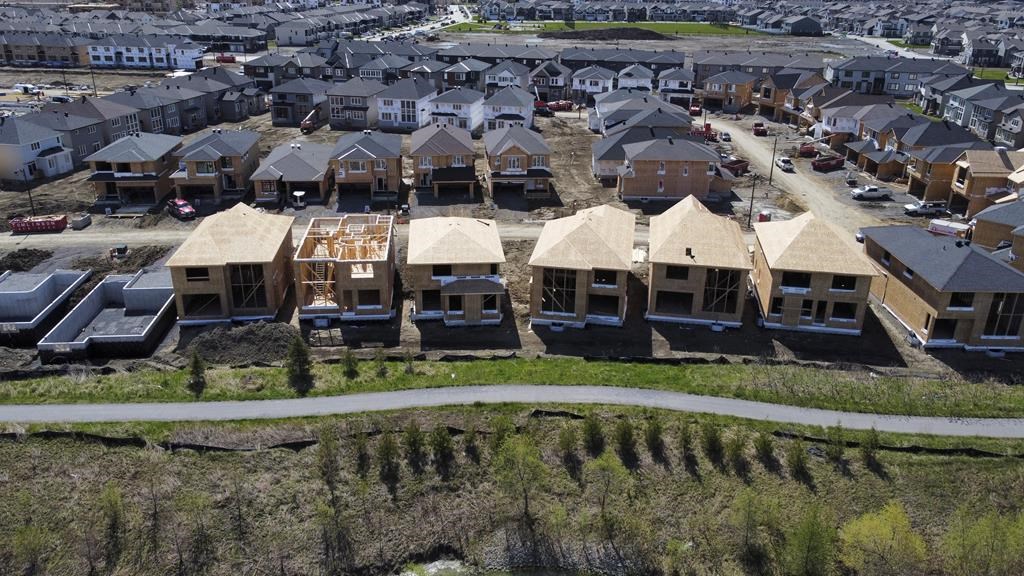COVID-19 full vaccination rates as low as 46.4 per cent in some Ottawa neighbourhoods
Posted Aug 11, 2021 06:04:00 PM.
The City of Ottawa and Ottawa Public Health (OPH) are working to eliminate barriers for residents living in neighbourhoods where COVID-19 vaccination rates are still well below the local average.
OPH recently partnered with the Ottawa Neighbourhood Study (ONS) to map neighbourhood-level COVID-19 vaccination rates, similar to the approach taken earlier in the pandemic of mapping neighbourhood-level COVID case and testing data. The map is designed to provide a snapshot in time of cumulative per cent of residents, aged 12 years and older, who have received at least one dose of COVID-19 vaccine and those who are fully vaccinated, based on geography established by the ONS.
The map of neighbourhood COVID-19 vaccination coverage data will be available online as of August 11 at 2 p.m., and will be updated every four weeks.
The health unit has found that it needs to reach approximately 37,000 more residents who live within high-priority neighbourhoods to achieve at least 90 per cent vaccination coverage, city-wide.
To date, 84 per cent of Ottawa residents over the age of 12 have at least one shot of a COVID-19 vaccine and 74 per cent have two, but in some of the city's neighbourhoods the picture looks a lot different.
The OPH and ONS map shows the following neighbourhoods as having the lowest rate of full vaccination:
- Ledbury – Heron Gate – Ridgemont 46.4 per cent
- Hawthorne Meadows – Sheffield Glen 50.2 per cent
- Hunt Club – Ottawa Airport 52.4 per cent
- Bayshore – Belltown 53.6 per cent
- Overbrook – MacArthur 54.2 per cent
Whereas these areas are showing the highest levels of full vaccination:
- Vars 85.2 per cent
- Hunt Club South Industrial 86.4 per cent
- Cumberland 83 per cent
- Stittsville 79.3 per cent
- Richmond 78.8 per cent
What the map has shown, according to OPH, is that vaccination coverage is generally lower in neighbourhoods with less socioeconomic advantage than in neighbourhoods with higher socioeconomic advantage.
The health unit explains that the disparity between less advantaged and more advantaged neighbourhoods has persisted over time since the beginning of the vaccine rollout, despite its efforts to address barriers for people with less advantage. Similar neighbourhood socioeconomic disparities in vaccination coverage have been observed in other urban areas in Ontario and the data points to the need to work with communities to ensure better access to health care services, as well as other supports.
“I want to be very clear about the neighbourhoods where there is lower vaccine uptake: it is not necessarily that people are vaccine hesitant, rather, there are also systemic barriers that prevent access to vaccine information and opportunities for vaccination,” says Ottawa Medical Officer of Health Dr. Vera Etches. “For example, residents of these neighbourhoods are more likely to work in jobs where taking paid leave to be vaccinated is difficult or impossible.”
The doctor adds, other barriers include language, transportation, lack of computer and Internet access, need for childcare, or lack of trust in the government agencies, and in the health care system, given previous negative experiences and systemic racism.
Ottawa Public Health and the City of Ottawa continue to work closely with healthcare and community partners like the Ottawa Local Immigration Partnership and community health centres across the city to address barriers to vaccination.
Dr. Etches says OPH is seeing the coverage rates in disadvantaged communities grow as more options are added.
“While all communities now have the majority of their eligible populations immunized, we want every single community within Ottawa to be protected against COVID-19 as much as possible, and we are heading toward 90 per cent coverage across our city,” she says. “We know that a high level of vaccination protection is part of our path to getting safely back to the people and activities that we love, and to protect against more transmissible variants like Delta.”
To support this goal, the city and OPH transitioned from community pop-up clinics to a sustained approach in specific areas within priority neighbourhoods. Four neighbourhood vaccination hubs have been launched, with more expected to open this week.
In the meantime, Dr. Etches continues to advocate for residents to take actions to reduce the spread of COVID-19 (e.g. wearing masks indoors and in crowded spaces, physical distancing, and getting two doses of COVID-19 vaccine).








